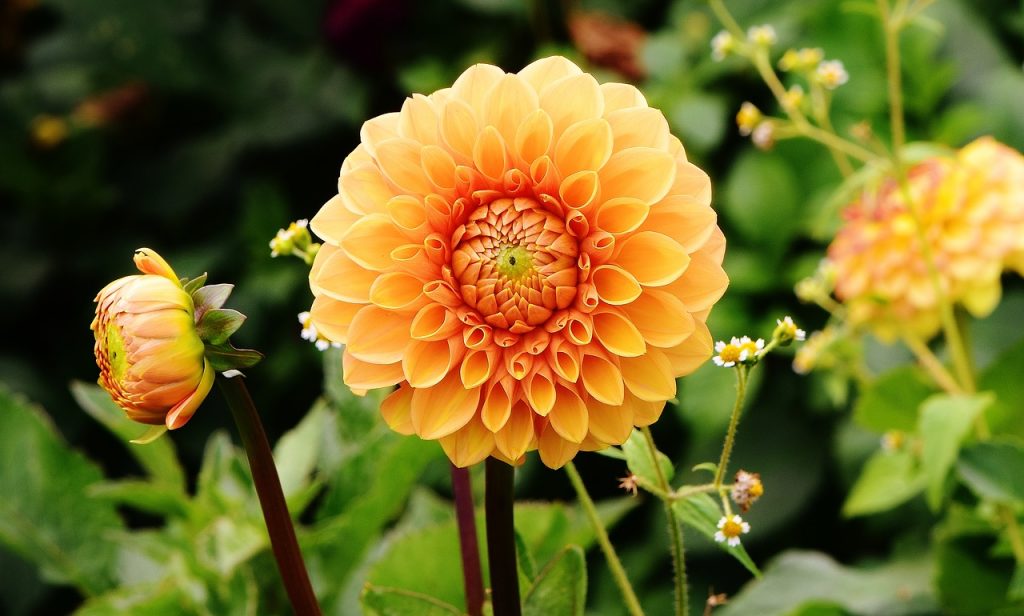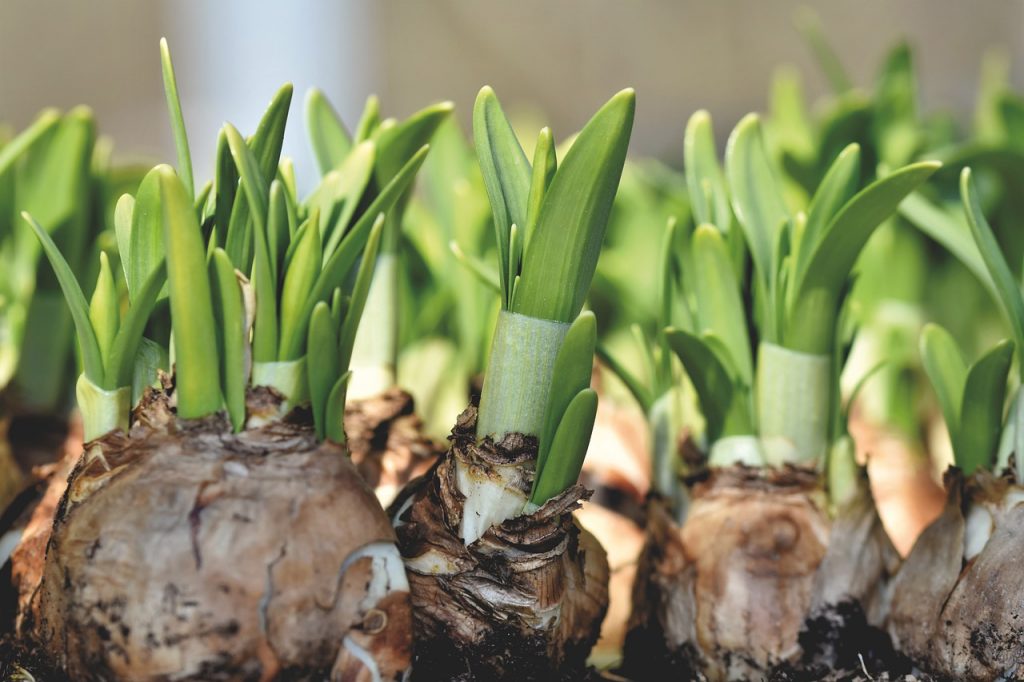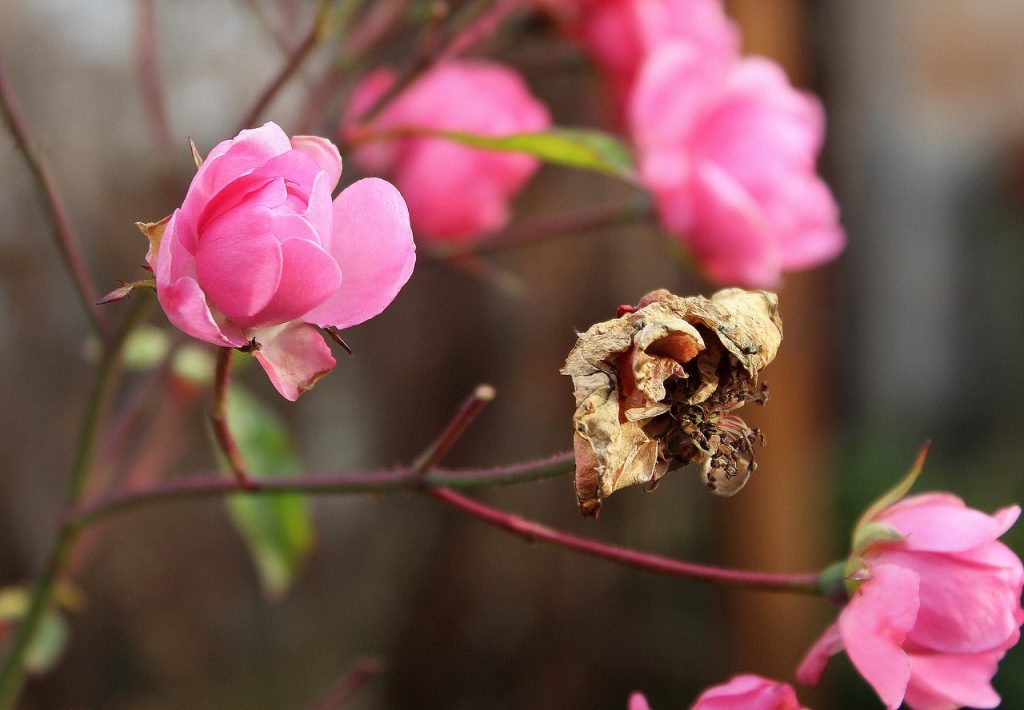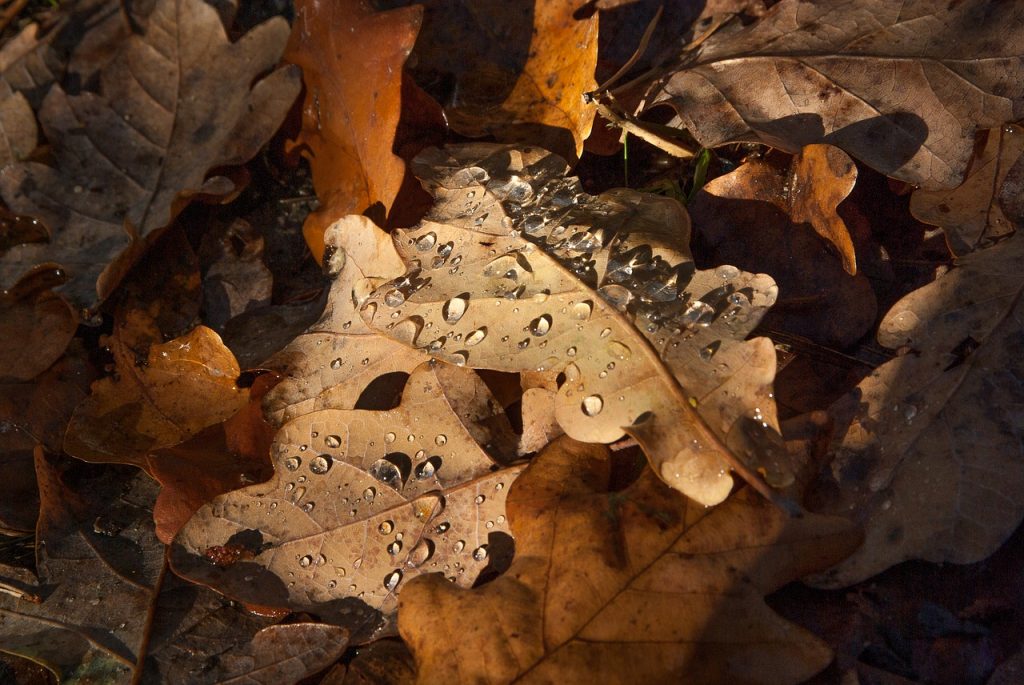If you’re lucky enough to have some outdoor space, you’ve probably been more grateful for it recently than ever before. An extra entertaining space, a relaxation zone, a creative outlet – your garden has done a lot for you this year, so now’s the time to get it looking smart again ready for next year. Months of children playing or having friends over for drinks can take its toll on lawned areas which may need a little TLC, and borders may be due for some attention as well. Here’s what to do.
Fruit
If you have autumn fruiting trees and shrubs such as apples, pears and plums then check them regularly in case the insects get there first. Pick fruit as it ripens, and either use it straight away or store it. Plums don’t store well once they’re ripe, so if you can’t use them straight away put them in the freezer to await transformation into jam, chutney or cakes. Just wash them, run a sharp knife round the diameter, split them into two halves and remove and discard the stone. If you’re planning to preserve, then weigh the bag of plums before you freeze it and write the weight on the bag for future reference. Pears will store well if slightly under ripe, but will go off quickly as they ripen so watch them like a hawk! Apples store very well and can last for months if stored correctly – ideally, wrapped individually in newspaper and spread out on a rack in a cool place. Make sure the fruits aren’t touching. Pears should be stored in the same way but without the newspaper.
Borders
If you have any spring-flowering annuals left in your borders, they’re probably starting to look a bit tatty by now. Clear them out and discard into the garden waste bin or compost bin and make room for some bulbs, which will come up in spring next year.
Summer flowering plants such as dahlias and roses should still be continuing to look good, depending on the weather, but take care to deadhead them regularly to keep them flowering. If you’re planning to plant new perennials or redesign an existing bed, then September is a good time. New plants will have a chance to get their roots established well before the winter and aren’t yet at any risk of frost (although this is the UK, so who knows!)
Existing perennials can be divided. This needs doing with mature clumps every two to four years, or they outgrow the nutrients available, grow less vigorously and produce fewer flowers. Types of perennial that you should be dividing include asters, dahlias and peonies.
Compost
It seems like as soon as the autumn begins, the leaves start to fall. If you don’t normally compost your dead leaves, then why not give it a try this year? Composted leaves make a rich, dark compost that’s ideal for adding nutrients to the garden or using as a layer of mulch – and best of all, it’s free! You only need a very basic compost bin, or you can even just pile the leaves in a corner. Rake the leaves up (ideally when they’re wet – compost needs moisture), put them in the bin or pile and add a layer of nitrogen-rich material such as fruit and vegetable waste. Cover with some old carpet to keep the moisture in, and leave. The process will take several months, depending on what type of leaves you have, and you may need to water the leaves in very dry weather to keep them wet enough to break down.
With a little care and attention at this time of year, your garden will be heading in the winter in as good a shape as possible and ready for next spring.
All images (c) Pixabay











